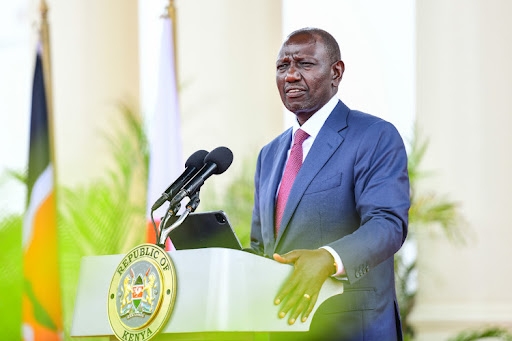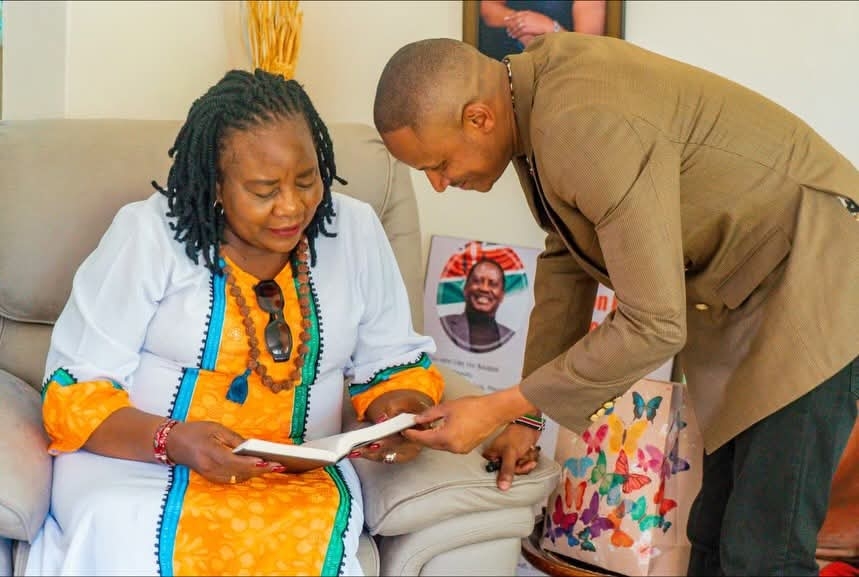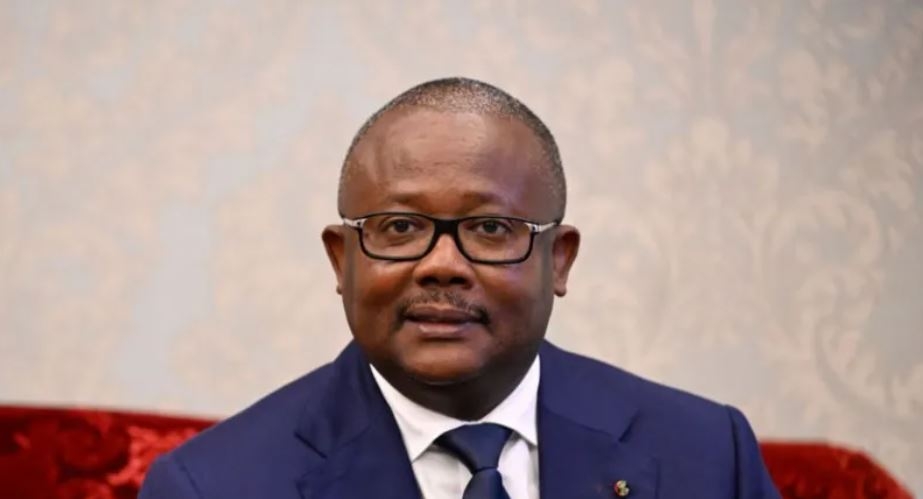President William Ruto has said that parents and students who have been put in a band that they do not belong to have a chance to appeal.
The President said that those who have been put in the wrong band will be corrected.
Ruto said that at least 134,000 students applied for funding and 26,000 appealed because they had been placed in a band that they did not belong to.
The President added that those who appealed will get their feedback in two weeks.
"Every student or parent who appealed the banding in the new funding model will get their responses if they supplied the information and corrected the information in the portal," he said.
The President said that sometimes mistakes might have been made during the keying in of information in the cyber.
Under the new university funding model, the students have been put in five bands.
The President said the banding in the new funding model existed before where there were four bands and in the current model, he has added one band to make it four.
The funding framework replaces the Differentiated Unit Cost (DUC) previously used to finance universities.
Unveiled on May 3, the model according to Ruto aims to ensure that all eligible students receive adequate educational financial support.
It also promotes the provision and access to quality higher education and ensures that all students are equitably and adequately supported based on their financial needs.
The funding model further ensures timely disbursement of funds to students through their higher education institutions.
Ruto added that the model seeks to address the challenges encountered by public universities and technical and vocational education (TVET) institutions due to massive enrollment and inadequate funding.
The model prioritises a student’s financial need and separates placement from funding.
Under this model, universities and TVET institutions will no longer receive block funding in the form of capitation but instead funding for students will be provided through scholarships, loans, and household contributions.

















